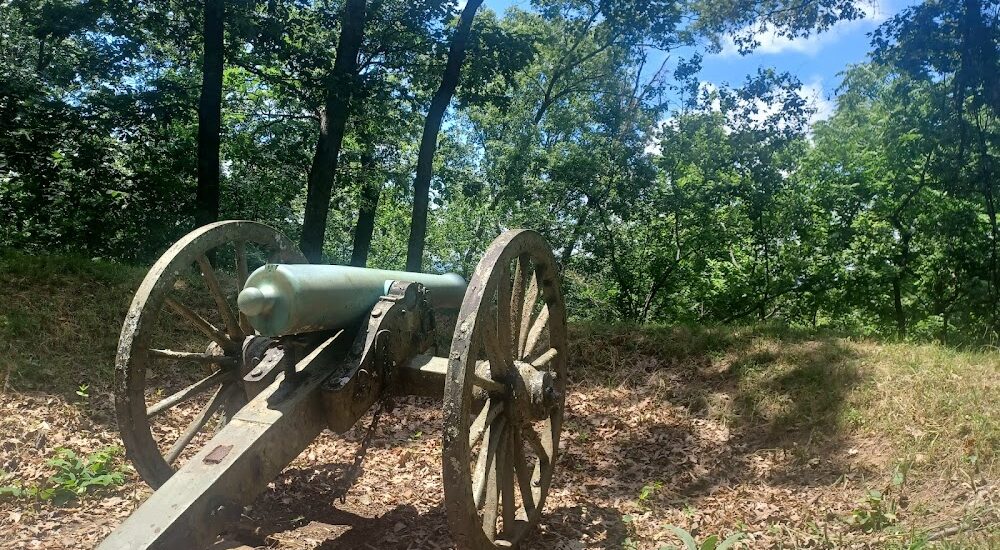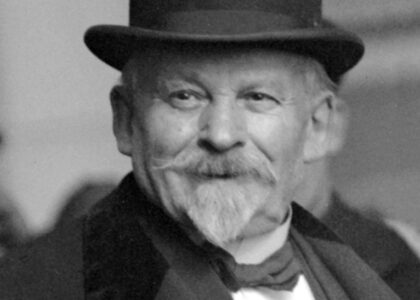Welcome to the US Regulars Monument at Kennesaw Mountain, a site that stands as a solemn tribute to the soldiers who fought in one of the pivotal campaigns of the American Civil War. This monument commemorates the role of the United States Regular Army during the Atlanta Campaign, a series of battles that took place in 1864.
The monument is located within the Kennesaw Mountain National Battlefield Park in Marietta, Georgia, a site preserved to honor the fierce battles that occurred here from June 19 to July 2, 1864. During this period, Union forces led by General William Tecumseh Sherman faced off against Confederate troops commanded by General Joseph Johnston. The campaign was part of Sherman’s strategic effort to capture Atlanta, a vital industrial and railroad hub for the Confederacy.
General Sherman, known for his ‘March to the Sea,’ utilized Kennesaw Mountain as a strategic point to weaken Confederate defenses. The battle here was particularly brutal, marked by heavy artillery fire and significant casualties on both sides. Despite the Confederate forces’ strong defensive position, Sherman’s tactics eventually forced Johnston to retreat, bringing the Union army one step closer to Atlanta.
Among the notable figures connected to this location is James Birdseye McPherson, a Union general who served under Sherman. McPherson was a highly respected officer and played a crucial role in the campaign. Tragically, he was killed later that year during the Battle of Atlanta, making him one of the highest-ranking Union officers to die in the Civil War.
Over time, Kennesaw Mountain has evolved from a battleground to a place of reflection and education. The monument and the surrounding park offer visitors a chance to learn about the Civil War’s impact on the nation and to honor the soldiers who fought here. Walking the trails and viewing the monuments, one can imagine the tumult of battle and the bravery of those who stood their ground.
Today, the US Regulars Monument serves as a reminder of the sacrifices made by the soldiers and the importance of remembering our nation’s history.






